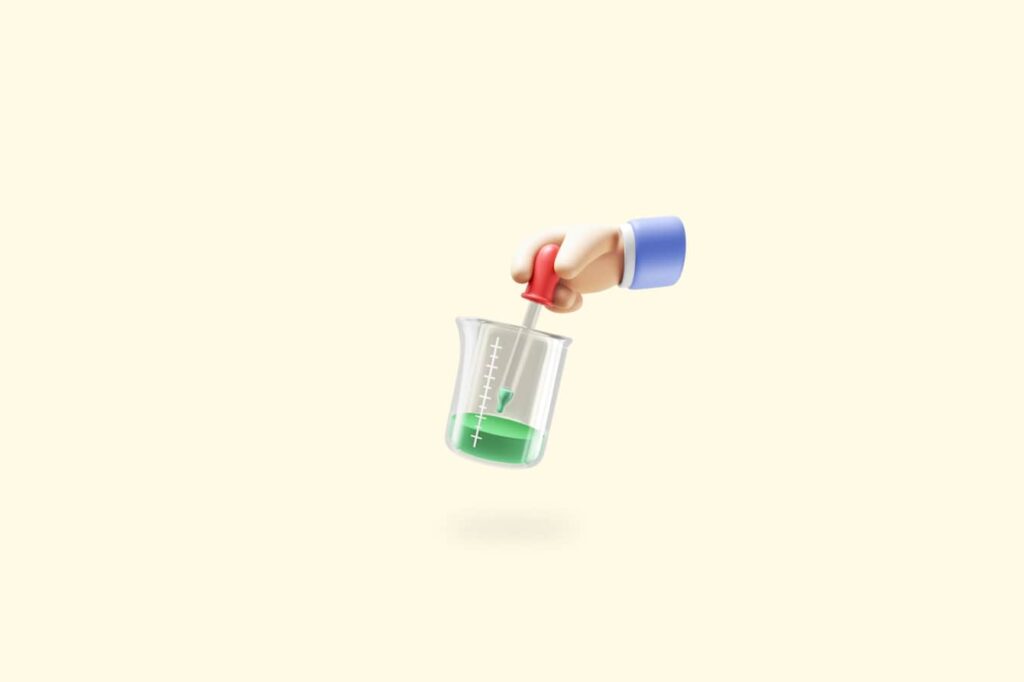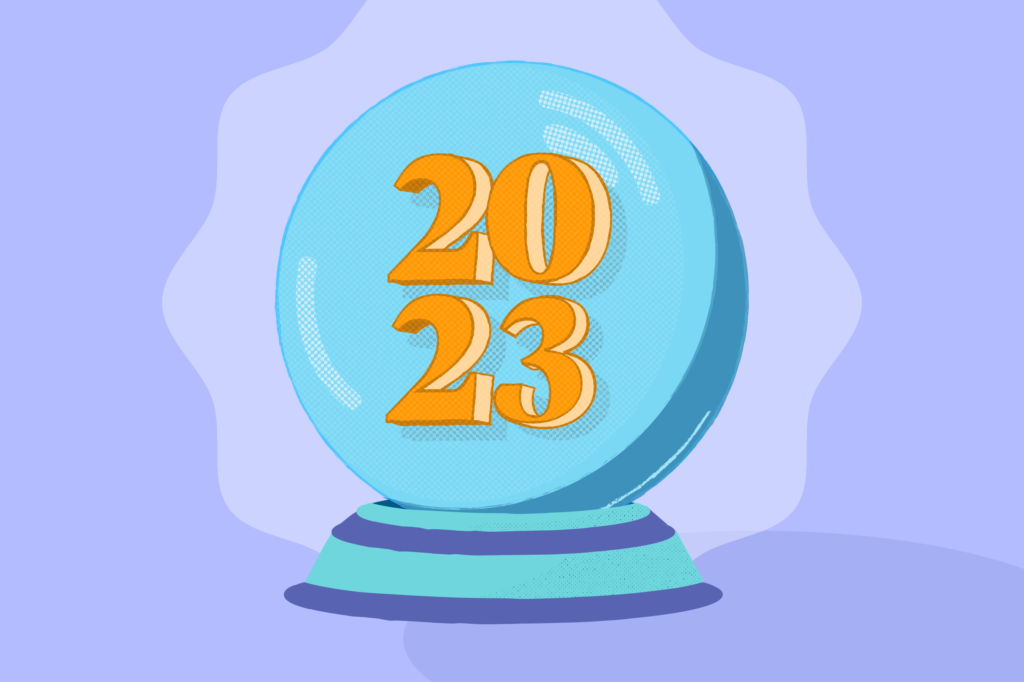Customer service callback is the secret ingredient to the most successful contact centers. It reduces call center costs, lowers the number of physical resources needed to answer support calls, and alleviates some of the pressure on your call center staff by scheduling or queuing high call volume. And you can use callbacks wherever it’s most convenient for the customer—IVR (interactive voice response), text channels, or online.
With many CCaaS platforms offering a callback checkbox, it can be confusing to try to manage all of these solutions providers—on top of figuring out how they fit into your call center operations flow and agent management. But as the pioneers of callback technology, we’ll show you what callback is, why you should use it, and how to improve it.
What is callback?
Callback is a telephony function that gives customers the option to be called back instead of waiting on hold. Depending on the solution powering the callback, the customer can choose between an ASAP callback (effectively holding their spot in the queue) or a scheduled callback (aligning customer and brand preferences, smoothing out peaks).
Since 57% of customers say being put on hold is one of their top three frustrations with customer service, this could make or break not only an interaction, but brand perception.
Even though a callback is basically just securing a phone call between a customer and a representative, premier callback solutions offer a variety of ways to request this call. Traditionally, the callback is presented after holding for two minutes, allowing the customer to get called back instead of waiting on hold. Since the customer is on hold at this point, the opt into a callback traditionally happens over IVR.
Related: Read more on callback presentation, optimizing your IVR experience, and how long a customer should wait on hold.
But with most customers starting online, traditional callbacks no longer offset the frustration of a poor experience. Now they start on your website, spend time self serving, try chatting with a bot or agent, and then have to dig for an 800 number buried somewhere on the site. After all this, they’ll still be stuck on hold, and have the option for a callback after two minutes.
This is where digital call scheduling comes in as a facet of callback. Instead of a six step process, customers can request a call after reaching a self service dead end—taking just a few steps, then “skipping” the hold line and getting called at their convenience.
Transitioning a customer from web or digital to voice is a clutch transition—the customer service callback needs to be seamless and hold-free for brands to build any value with customers.
Why use callback?
Callback is truly the best for customers, agents, and brands. It puts customers in control, allows agents to have smoother, calmer conversations, and creates optimal efficiency for business operators.
Customers feel in control.
Customers come to customer service because they need something. This often puts them at the mercy of whatever the brand decides—waiting days for a response, jumping through 20 hoops to speak to someone, having to return something to the store, etc. For the majority of customer service experiences out there, the brand is in control.
When customers are placed in control of their experience, their perception shifts and instantly the brand stands out among competitors. When they get to choose a customer service callback, now they’re in control. They get freedom from listening to hold music for hours. They get to choose whether 15 minutes is a good time to talk, or two days from now when they’re off work.
The payout to customers is immense when they’re put in control of their experience—and you’ll reap the rewards in brand loyalty.
Reduce agent stress.
Callbacks reduce stress for your call center teams by creating a calmer customer. Customers that queue virtually aren’t getting frustrated having to wait on hold, so they’re calmer once they get on the phone with your agents. Creating a positive environment can help improve employee retention in your support department—and it will make the call more efficient, too.
Save time and reduce costs.
Virtual queues save on time spent dealing with repeat callers. From speaking to our clients, we’ve found that 35% of callers using Mindful won’t abandon a call or become repeat callers because they don’t have to wait on hold.
Customer service callback can also reduce an agent’s time spent transferring customers between departments. With digital call scheduling, customer can leave their information—including why they’re calling—to make it more likely they’ll be routed to the correct team. Our virtual queuing software “eliminated over 1.1 billion minutes of hold time” by allowing customers to request a callback either as soon as an agent became available or on a day and time of their choosing.
It’s obvious that a phone queue requires a lot of staff. If you try to staff to meet peak demand, you’re going to have agents sitting around during non-peak hours, which can very quickly eat up millions of FTE expenses.
To break it all down, callback provides huge operational savings:
- Callback smooths out peaks and valleys, allowing you to staff more efficiently.
- Customers that don’t have to wait on hold don’t have to vent about waiting on hold, which can take up one to two minutes per call.
- Customers are only allowed one callback slot at a time, which instantly reduces all repeat calls, saving on telephony infrastructure overhead.
Related: Learn more about how a virtual queue saves your business time and money.
How callback can improve customer satisfaction
Let’s look at some of the ways you can improve your customer satisfaction scores by using customer service callback.
Shift the perception.
Everyone knows that, if they need help from a brand, they’re going to have to wait. Maybe that wait is observed in time spent online trying to self serve. Or perhaps it’s spent on hold.
When customers are offered a chance to get in touch with a brand on their own terms, their perception shifts.
Survey data shows that customers are willing to wait on hold way longer for a callback than on traditional hold. That’s because a virtual hold doesn’t really feel like holding—the perception is that they get to go about their day and get called at a more convenient time.
When a customer feels like they’re being offered a premium service that gives back to their life, their satisfaction is bound to go up.
First contact resolution is important—callback helps.
Callback can improve their first contact resolution in a couple of ways. Customers expect a quick and professional response, or they’ll go elsewhere—so first call resolution is vital for greater customer satisfaction.
As stated above, customers come into calls calmer after a callback. They didn’t have to wait on hold—in some cases, not at all—so their mood is significantly lighter, which allows for clearer speech and mutual understanding.
When bridging from digital to voice via callback, context can also be shared that preps the agent to make the call as effective as possible. Context can include pages visited online, chat transcripts, or even just a form fill on “What do you need help with?” Any context that the agent has before the call starts will go a long way in solving the customer service issue effectively.
Improve key metrics using callback in your call center strategy
Callback can be useful by helping you raise key metrics in your call center by increasing customer satisfaction and allowing the customer to be in control of their support. While improving your CSAT and NPS numbers is absolutely essential for the success of your call center and its growth, you should also track and improve upon other metrics that will consequently affect CSAT and NPS, like:
- Average speed of answer (ASA): Aim for the lowest ASA to get customers the satisfaction they need to stay happy. Fifty-seven percent of customers report being frustrated by long wait times for resolutions. Callback with Mindful reduces ASA’s down to just 25 seconds on average.
- Abandon rate (AR): Your abandon rate represents the number of customers who leave a phone wait queue. These are unsatisfied (and potentially angry) customers who will likely call back or block up another arm of your customer service.
- First call resolution (FCR): Your FCR measures how quickly you can resolve a customer’s issue on the first try. All call centers want a high FCR because then they can move on to the next customer.
- Agent attrition (AA): This is your call center turnover rate. Training new call center agents is costly—retaining existing and experienced call center agents is better for the customer.
Related: For more about how to raise your customer satisfaction metrics, read our article Call Center Tips to Improve Your CSAT and NPS Scores.
Summing up
If delivering the greatest customer satisfaction and delight is the most important focus for your brand right now, then concentrating on ways to reduce hold times and customer frustration with callback technology is the answer. Not only does callback show that you’re invested in customer satisfaction and put the customer first, but it will also help build loyalty and develop a stronger relationship with your customer.
Interested in seeing it in action? Try out a callback on our demo page, or watch a video walkthrough of the experience to see how it works!





